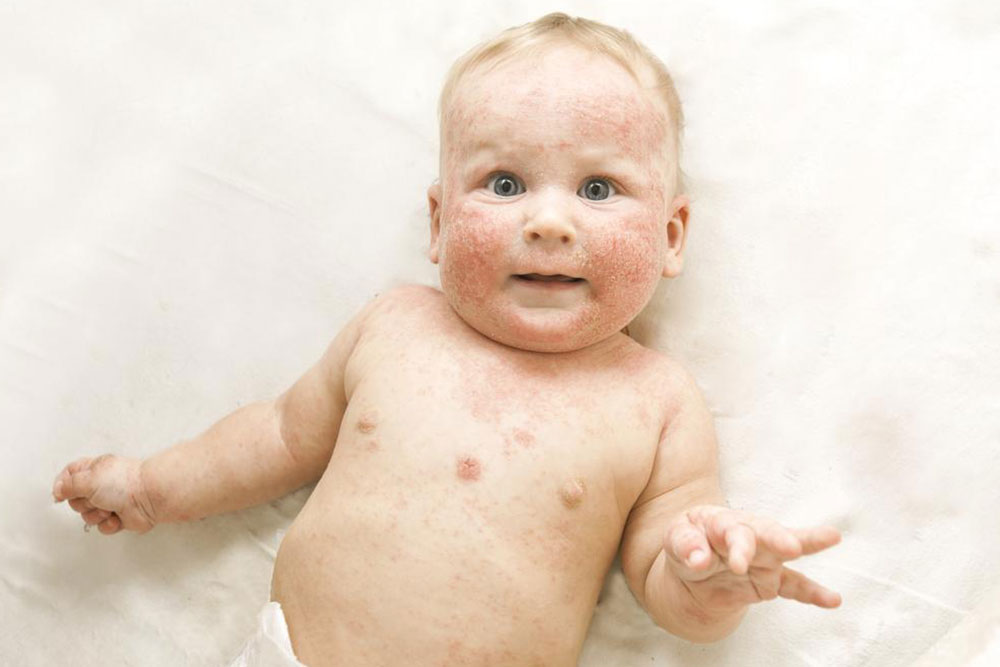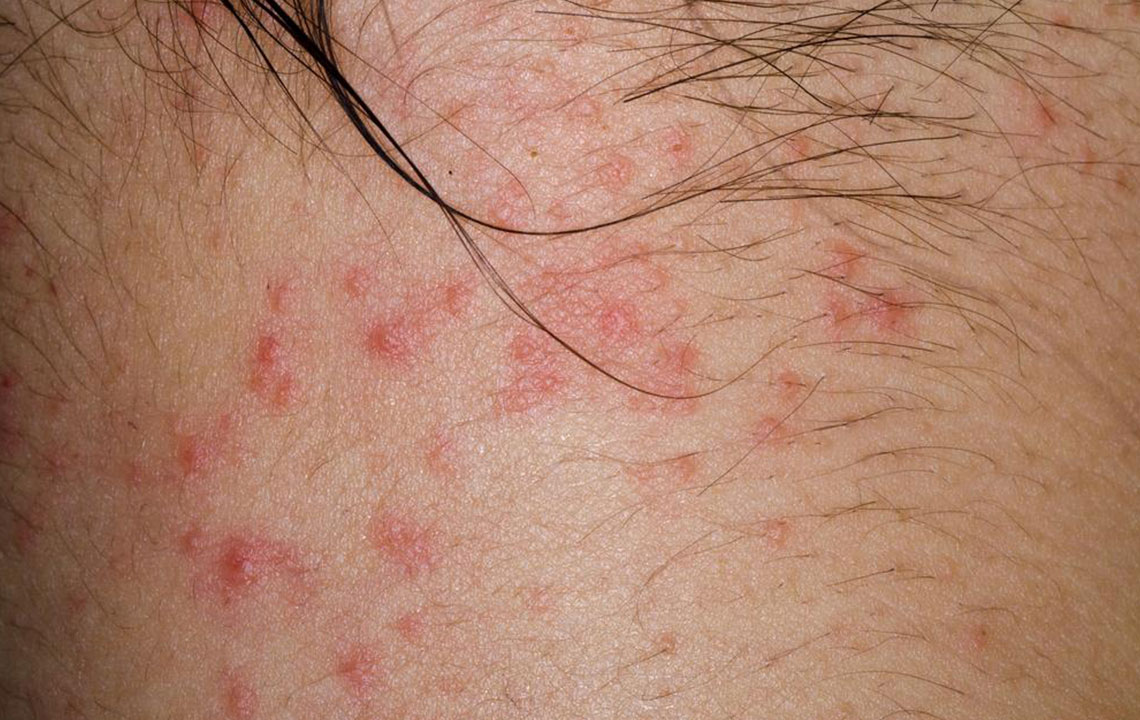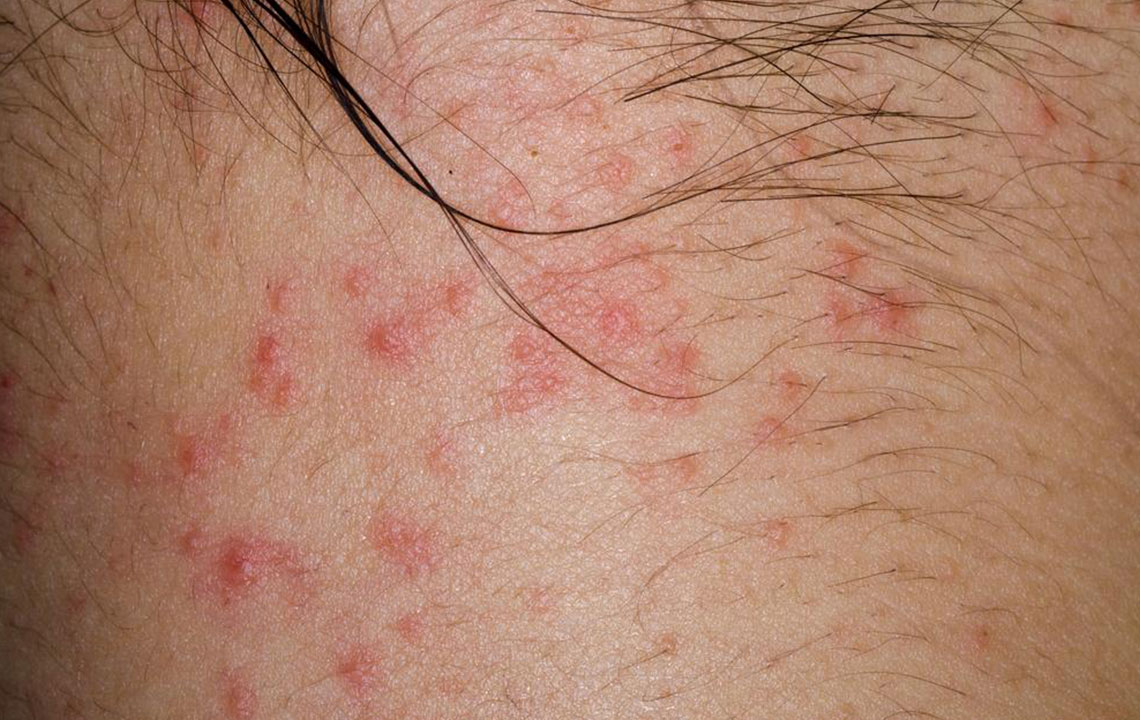Understanding Atopic Dermatitis: Causes, Symptoms, and Management
Discover comprehensive insights into atopic dermatitis, including its causes, symptoms, triggers, and treatment options. Learn how to manage this chronic skin condition effectively through proper care, lifestyle adjustments, and medical interventions. Stay informed and consult healthcare professionals for personalized advice.
Understanding Atopic Dermatitis: Causes, Symptoms, and Management
Understanding Atopic Dermatitis: Causes, Symptoms, and Management
Dermatitis, commonly known as eczema, causes skin inflammation and irritation. Among its various types, atopic dermatitis is the most prevalent, affecting over 18 million adults nationwide. It appears as a red, itchy rash and often targets the limbs, face, and sensitive areas. Infants are especially prone within their first six months, though some individuals carry it into adulthood with intermittent flare-ups.
While there’s no cure, symptoms can be controlled.
Causes of Atopic Dermatitis
Though the exact cause remains unknown, atopic dermatitis is linked to allergies such as hay fever and asthma. Genetic predisposition plays a significant role; if relatives have these conditions, the risk increases. A gene mutation reducing filaggrin, a protein vital for skin barrier function, can also cause dryness and vulnerability to infections. External factors triggering immune responses can further intensify symptoms.
Symptoms indicating atopic dermatitis include:
Intense itching
Dry, scaly skin
Rashes on limbs and face
Open or crusted sores
Redness and cracking of skin, especially behind ears
Infections may occur, resulting in pus-filled boils or yellow crusts. Multiple eczema types can coexist, complicating diagnosis.
Common Triggers
Exposure to certain substances can worsen the condition. Typical triggers encompass:
Chemicals: Detergents, disinfectants, shampoos, and metals may cause reactions.
Infections: bacterial, viral, or fungal infections can trigger flare-ups.
Stress: Psychological stress aggravates symptoms.
Climate: Dry or changing weather conditions intensify dryness and irritation.
Allergens: Pollen, pet dander, and mold can provoke symptoms.
Hormonal Fluctuations: Variations in hormone levels may lead to outbreaks.
Managing and Treating Atopic Dermatitis
Effective management focuses on avoiding known triggers and maintaining skin health. Strategies include:
Regular bathing routines and moisturization
Using prescribed medications correctly
Avoiding scratching or irritating affected areas
Removing allergens from home environments
Support groups provide emotional assistance and advice. Treatments range from over-the-counter topical creams to phototherapy using UV light. Severe cases might require immunosuppressants like DUPIXENT®, the first FDA-approved biologic for this condition, suitable for those over 12 with moderate to severe symptoms. Proper care and medical guidance make managing atopic dermatitis feasible.Note: Always consult healthcare professionals for diagnosis and treatment options. This article offers informational guidance and should not replace medical advice.










